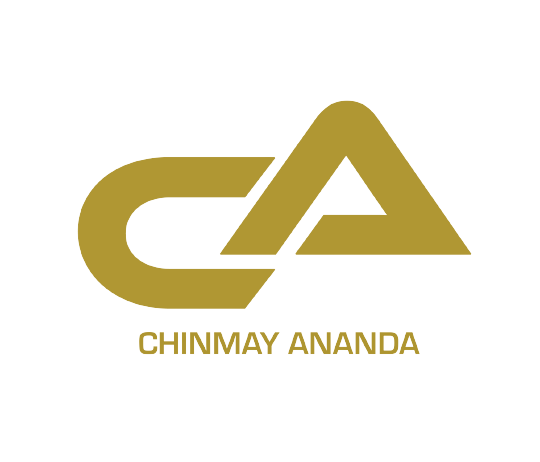on pricing
Me: Ahh… you are welcome.
Mother: Many also asked why did we sell the mangoes for only Rs. 50/kg?
Me: because that is the number my friend mentioned a week ago.
Mother: That was a week ago. But now in the market, I was told it is selling for Rs 120 – Rs 140/kg. You could have sold it for at least Rs 80 – Rs 100/-
Me: (I started feeling guilty and decided to somehow escape from the conversation). Ma, you asked me to sell immediately as many mangoes as possible so that instead of the mangoes getting rotten at least someone can eat them.
Mother: I did not know that you could sell all of them so quickly. I was shocked!
Me: (in my mind I was thinking, that does not sound like a compliment)
My father from nowhere appears in the scene and says, “even my friends also said it could have been sold for more than Rs 50/kg”
Mother: See, if you had sold it for more, then I would have made more profit and I could have paid your father for those carton boxes you got from HIS factory.
Me: (in my mind, that is sales/revenue, not profit)
Father: only for the boxes? How about the salary I pay the driver who takes you to the farm? How about for the fuel? How about the two helpers you regularly take from my factory to the farm?
Mother: You had no interest in buying farmland 30 years ago but I forced you to buy them. Do you know how much it is worth now? It has appreciated more than 10 times!
Me: (this is the right moment to escape…)
Lesson (yet to be) learned,
When it comes to pricing:
1. Do you own market research (search – research)
2. Once the price is mentioned to the customer, it is relatively simple to reduce the price but to increase it, it has to be accompanied by perceived value. (whenever, a customer says, this is too expensive, they are indirectly saying, “I do not see value in your product/service”)
3. Here are a few different types of pricing,
a. Promotional pricing: something I did unknowingly by selling the mangoes at Rs 50/kg whereas in the market it was sold at Rs 120 or more.
b. Economy pricing: still selling less than the market price but in huge volume (in tonnes).
c. Pricing at a premium: normally the Mallika mango that we grow on our farm weighs 150 – 350 grams. By selecting those mangoes that weigh more than 300 grams and selling them for more than the market price like Rs 175 or more. This is pricing at a premium.
d. Price skimming: Let us assume the next lot of mangoes will be a total of 1000 kgs. Price skimming is selling first 200 kgs at Rs 150, then another 200 kgs at Rs 125, then another 200 kgs at Rs 100, then another 100/200kgs at Rs 70-80 and so on.
e. Psychological pricing: this is simply selling at Rs 99.99 instead of Rs 100.
f. Bundle pricing: My mother makes ‘mango pulp’ that just needs to be mixed with water to make it into a mango juice. Selling fresh mangoes + mango pulp together for Rs 500 is bundle pricing.
g. Geographical pricing: Selling at Rs 50 in south Bangalore, Rs 75 in Koramangala, Rs 100 in Chennai, Rs 150 in Delhi. If the availability of the product is scarce then more will be the price. (supply v/s demand)
h. Pricing for market penetration: selling at a very low price in order to make it so difficult for the customers to say ‘no’.
i. Value pricing: marketing by saying, “organic mangoes – packed using 5ply box with extra cushion – boxes are well sanitized – mangoes washed in mineral water – door-to-door delivery included – available 24X7” and so on.
j. Captive pricing: honestly, I could not come up with an example using mangoes. If you could come up with one then I would love to learn. (for those who are not familiar with captive pricing, a simple example is Gillette selling razors where the customer is bound to buy the blades on regular basis. Same with the printer where cartridges need to be purchased on regular basis)
Hmm… looking from my father’s perspective, he bought the farmland for my mother 30 years ago and he is still paying the price!
#pricing #finance #storytelling

